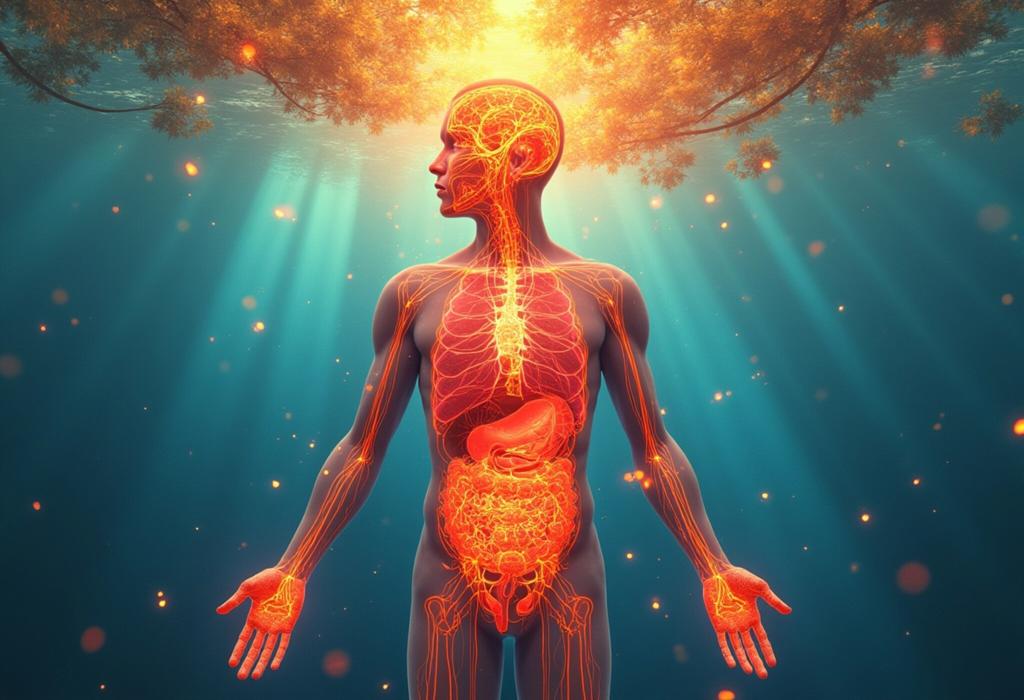For more details on this content, please review the step-by-step guide and frequently asked questions.
Why Are You Feeling Anxious? A Deep Dive Into Symptoms

Step-by-Step Guide
What is Anxiety?
Anxiety is a feeling of worry, nervousness, or unease about something with an uncertain outcome. It is a natural human emotion experienced by everyone at some point.
Recognizing Symptoms of Anxiety
Common symptoms include excessive worrying, restlessness, fatigue, difficulty concentrating, irritability, muscle tension, and sleep disturbances.
Physical Symptoms of Anxiety
Anxiety can have physical manifestations such as increased heart rate, sweating, trembling, dizziness, or gastrointestinal problems.
Different Types of Anxiety Disorders
Learn about various anxiety disorders including Generalized Anxiety Disorder (GAD), Panic Disorder, Social Anxiety Disorder, and Specific Phobias.
Identifying Triggers
Understanding what triggers your anxiety can help. Common triggers can include work stress, personal relationships, or certain situations.
Coping Mechanisms
Identify healthy coping strategies such as exercise, meditation, deep breathing techniques, and maintaining a balanced diet.
When to Seek Professional Help
If anxiety interferes with your daily life, it may be time to consult with a mental health professional for therapy or medication.
Building a Support System
Cultivate relationships with friends, family, or support groups to share your experiences and feelings, creating a network of support.
Practicing Mindfulness
Incorporate mindfulness and relaxation techniques into your routine to stay grounded and managing anxiety levels.
Ongoing Management
Anxiety may be managed through continuous self-care practices, awareness, and willingness to adapt to new strategies.








